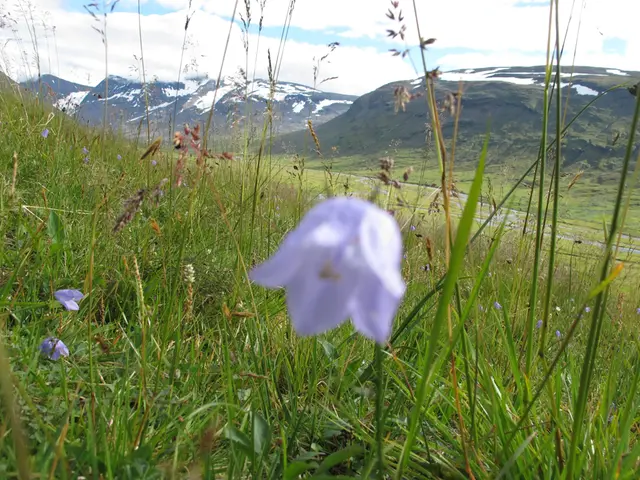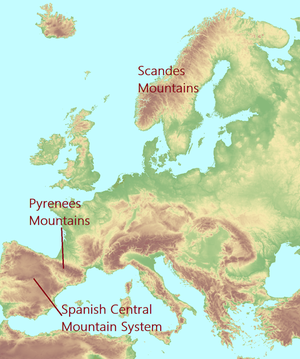BioDiv-Support – Scenario-based decision support
The BioDiv-Support research program started in 2019, involving eight partners from five European countries. It develops a scenario-based decision support for policy planning and adaptation to future changes in biodiversity and ecosystem services.
Biodiversity is an ecological concept that refers to the variety of organisms, species and interactions (and even to the genetic variation within specific species) that occurs in a certain habitat or region. High biodiversity usually means a more resilient ecosystem and a substantial contribution of basic ecosystem services vital for human survival and well-being.
Loss of biodiversity is one of the major problems currently facing humanity. Among the greatest threats are climate change, change of habitats and air pollution. High altitude mountain regions represent some of our most pristine environments with high biodiversity, often with small historical impacts from air pollution, but at risk of disproportionate impacts from climate change. Arctic high-altitude regions are especially at risk from both climate change and increasing air pollution loads due to changed human activities as a result of disappearing sea ice (e.g. shipping, flaring).
We have used a chain of state-of-the-art models to describe potential future impacts from climate change and air pollution to ecosystem development at high altitudes, focusing on three mountain regions, namely the Scandinavian Mountains (the Scandes), the Spanish Central Mountain System and the Pyrenees Mountains.

Meadow on the border between the national parks Sarek and Padjelanta, with blue bell in the foreground.
Main objectives of the project
The aim of this project was to develop future scenarios for decision-makers and end users of ecosystem services to enable enlightened decisions for adaptation and policy on local and regional scales. The scenarios will represent possible developments until the 2050s.
Main activities:
- Simulate the changes in climate, nitrogen deposition and exposure to ozone in mountain ecosystems as a consequence of greenhouse gas and air pollution emission scenarios.
- Describe the impact on the mountain ecosystems in the Scandinavian, French and Spanish study areas in response to the developed climate and air pollution (AP) scenarios.
- Develop a web-based planning tool where local stakeholders in each region can explore the project results to understand how scenarios of climate change, air pollution and policy development will affect the ecosystems.
Local stakeholders was involved through workshops. On the Global and European scales we participated in meetings by networks bridging between the scientific and the policy communities.

Location of the Scandes Mountains, Pyrenees Mountains and Spanish Central Mountain System.
About the project
Project participants
The project was coordinated by Camilla Andersson at the Swedish Meteorological and Hydrological Institute, SMHI, Sweden.
Project participants from:
- Swedish Meteorological and Hydrological Institute, SMHI, Norrköping, Sweden
- CIEMAT, Madrid, Spain; PI: Marta Vivanco
- FMI, Helsinki, Finland; PI: Jukka-Pekka Jalkanen
- INERIS, Verneuil el Halatte, France; PI: Augustin Colette
- Lund University, Lund, Sweden; PI: Paul Miller
- Senckenberggesellschaft für Naturforschung, Frankfurt am Main, Germany; PI: Thomas Hickler
- Stockholm University, Sweden; PI: Ninis Rosqvist
- University of Gothenburg, Sweden; PI: Robert Björk
Project period
The project was active 2019-2023.
Acknowledgement
The project is funded through the 2017-2018 Belmont Forum and BiodivERsA joint call for research proposals, under the BiodivScen ERA-Net COFUND programme, and with the funding organisations AKA (contract no 326328), ANR (ANR-18-EBI4-0007), BMBF (KFZ: 01LC1810A), FORMAS (contract no:s 2018-02434, 2018-02436, 2018-02437, 2018-02438) and MICINN (through APCIN: PCI2018-093149).
Project results
Main scientific findings of the BioDiv-Support project
The BioDiv-Support project focuses on three large European mountain areas. Here you can read about the focus studies and their results:
A web tool that can be used to plan for adaptation
